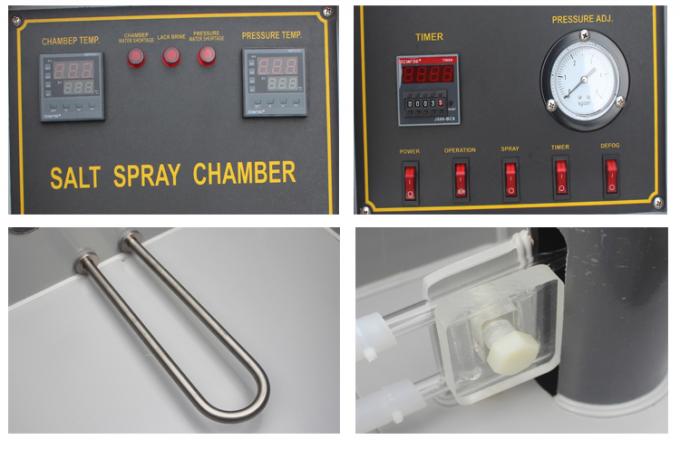- Qinsun Instruments Co., Ltd.
- Tell:+86-21-6780 0179
- Phone:+86-17740808215
- Address:No. 2578 Minhang District Gu Dai Road, Shanghai
- Contact:Mr. Li
- QQ:846490659
Testing of battery UN38.3

To ensure the safety of air transportation and meet the transportation needs of customers for goods containing lithium batteries, in accordance with the relevant provisions of the International Aviation Association's Dangerous Goods Regulations, a rechargeable lithium battery operation standard, namely UN38.3 (UNDOT) testing, has been developed.
According to civil aviation regulations, airlines and airport cargo handling departments should conduct transportation document reviews on lithium batteries, and the most important thing is the UN38.3 safety test report for each type of lithium battery. This report can be provided by a third-party testing agency designated by civil aviation, or by a battery manufacturer with testing capabilities. If this testing report cannot be provided, civil aviation will prohibit lithium batteries from being transported by air
POCE Agency UN38.3 Testing Product Scope:
1. Various power lithium secondary batteries (such as batteries for power vehicles, electric road vehicles, electric tools, hybrid vehicles, etc.)
2. Various mobile phone batteries (such as lithium-ion batteries, lithium polymer batteries, etc.)
3. Various small secondary batteries (such as laptop batteries, digital camera batteries, camera batteries, various cylindrical batteries, wireless communication batteries, portable DVD batteries, CD and MP3 player batteries, etc.)
4. Various primary batteries (such as lithium manganese batteries, etc.)
Lithium battery UN38.3 testing project
T. The height simulation test is conducted under conditions of pressure ≤ 11.6kPa and temperature of 20 ± 5 ℃.
T. 2 Heat testing
Conduct high and low temperature impact tests under conditions of 72 ± 2 ℃ and -40 ± 2 ℃, with a storage time of ≥ 6 hours at the extreme temperature and a high and low temperature conversion time
≤ 30 minutes, impact 10 times, store at room temperature (20 ± 5 ℃) for 24 hours.
T. 3 Vibration test
Complete one reciprocating logarithmic sweep frequency sine vibration from 7Hz to 200Hz within 15 minutes, and 12 three-dimensional vibrations within 3 hours; The logarithmic sweep frequency is:
For battery cells and small battery types: maintain a maximum acceleration of 1gn from 7Hz until the frequency reaches 18Hz. Then maintain the amplitude at 0.8 millimeters (total offset 1.6 millimeters) and increase the frequency until the maximum acceleration reaches 8 gn (frequency approximately 50 Hz). Maintain the maximum acceleration at 8gn until the frequency increases to 200 Hz.
For large batteries: maintain a maximum acceleration of 1gn from 7Hz until the frequency reaches 18Hz. Then maintain the amplitude at 0.8 millimeters (total offset 1.6 millimeters) and increase the frequency until the maximum acceleration reaches 2Gn (frequency approximately 25 Hz). Maintain the maximum acceleration at 2GN until the frequency increases to 200 Hz.





